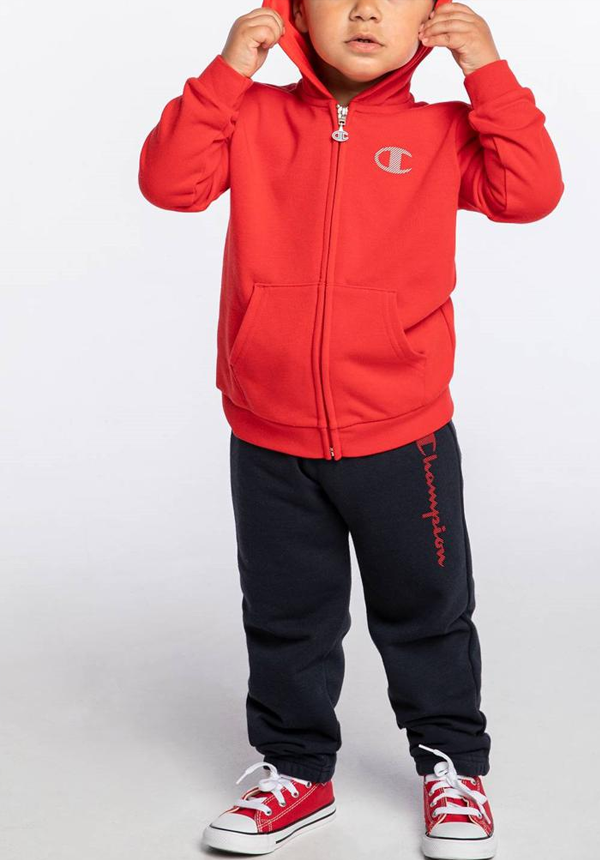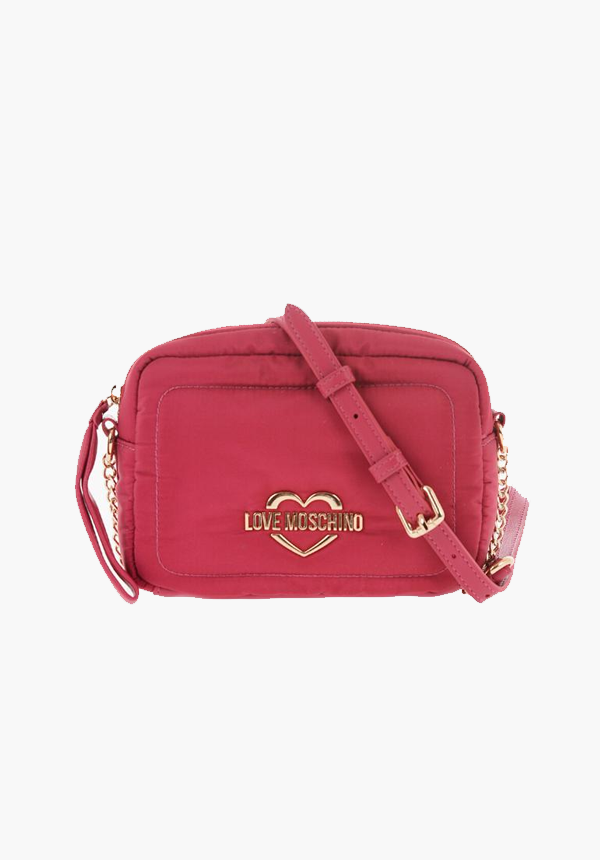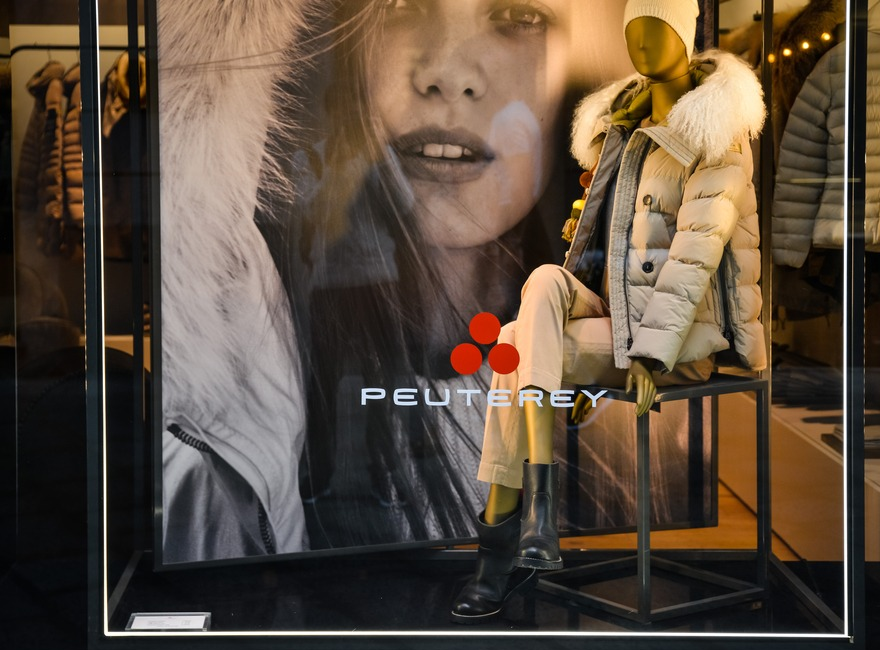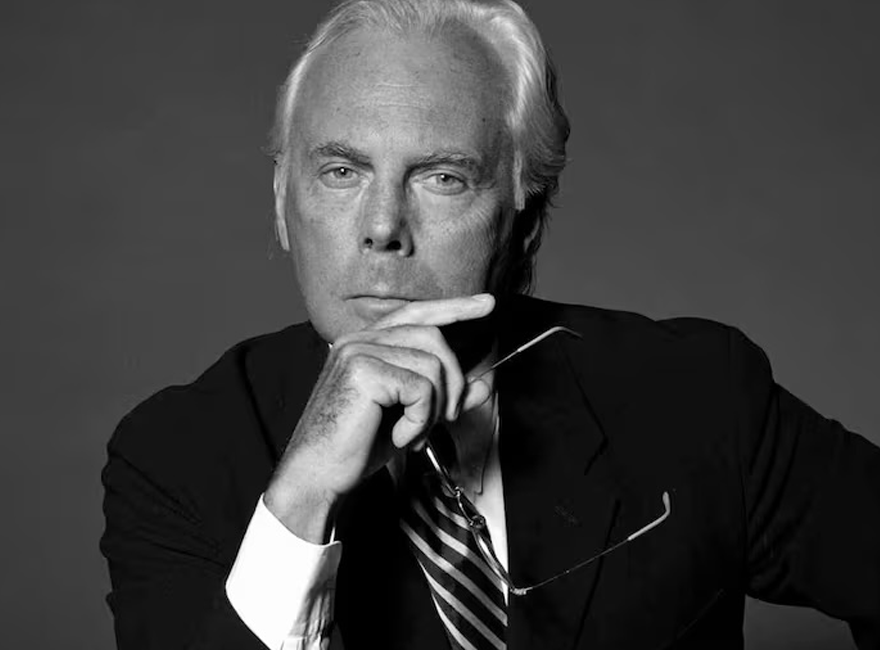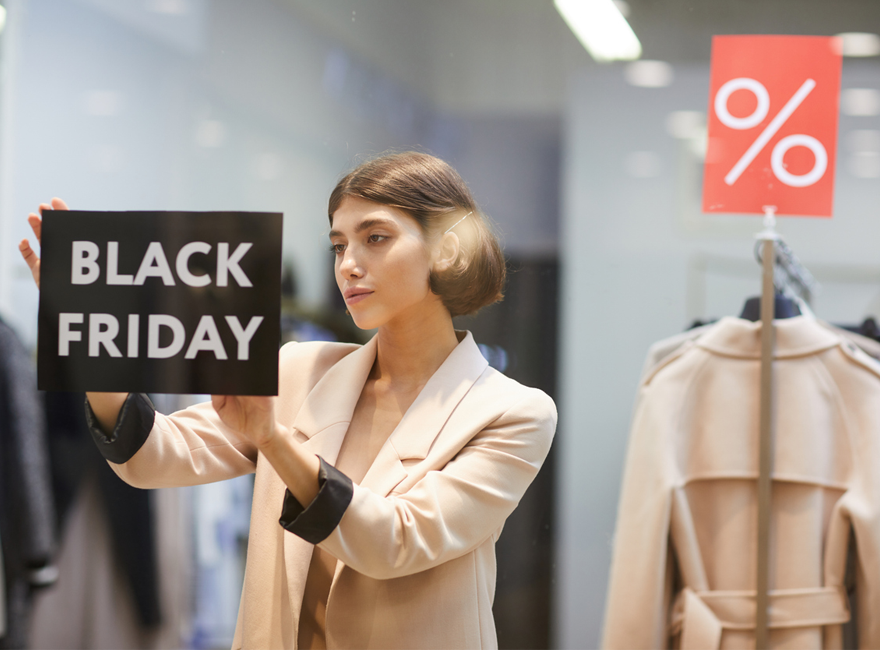
When is Black Friday, and Why Does It Matter So Much?
Black Friday falls on November 29th this year, marking the start of the holiday shopping season. Traditionally, it's the day after Thanksgiving when shoppers flood stores (or websites) in search of massive discounts. For retailers, it’s more than just a day of promotions—it’s an opportunity to capture shoppers' attention and turn them into long-term customers.In 2023 alone, U.S. retailers saw record numbers of both online and in-store shoppers, and the trend is expected to keep growing. If you're not already preparing, you’re behind.
Black Friday Trends to Watch in 2024
To crush your Black Friday sales, you need to be on top of the latest black friday trends. The most noticeable shift? It is no longer just a one-day event. Retailers like Best Buy and Amazon have already started blurring the lines, with deals launching as early as October. In 2024, expect the sales event to be part of a full-blown shopping season that stretches over several weeks.Additionally, consumers are becoming more strategic, using tools like price trackers and digital wallets to maximise their savings. They expect personalised deals, seamless online experiences, and options like curbside pickup.
Top Tip: Start promoting early-access sales. The longer you stretch out your offers, the more opportunities you have to capture sales from competitors who wait until the last minute.
Black Friday vs. Cyber Monday: Which Should Retailers Focus On?
The eternal retail question: Cyber Monday vs. Black Friday—which holds more value?The answer is both! While Cyber Monday used to be all about online deals and Black Friday focused on in-store offers, the lines have blurred. Shoppers no longer view these two events as separate. In fact, for many, Black Friday now flows seamlessly into Cyber Monday. Consumers expect you to be everywhere—online, offline, and offering fast, flexible fulfilment options like BOPIS (Buy Online, Pick Up In Store).
Pro Tip: Don’t choose between them. Offer different deals on each day to attract both audiences without cannibalising your sales.
Black Friday Spending in 2024: What to Expect
Despite concerns about inflation, Black Friday spending is expected to hit new highs in 2024. Last year, the sales event drove $9.8 billion in online sales in the U.S. alone, and this year looks even brighter. Consumers are hungry for deals, but they’re also savvy—they want value, not just a discount. That means you can expect higher spending, but only if your deals feel worth it.It’s not just about slashing prices across the board. Strategic discounting—especially in electronics, home goods, and fashion—will help you protect your margins while driving serious sales.
Pro Tip: Don't just discount—bundle. Offering buy-one-get-one deals or limited-time bundles can push up average order values without hurting your bottom line.
Black Friday Marketing Strategies That Actually Work
You can’t just hope people show up—you need a laser-focused Black Friday marketing plan to get them in the door (or online checkout cart). To get customers through the door (or into their online shopping carts), start building anticipation well before by creating a strategic marketing plan. Weeks ahead, use social media teasers, countdowns, and even "leaked" deals to spark excitement and get people talking.Email marketing remains one of the most effective tools in your Black Friday marketing plan. Create segmented email campaigns targeting your top customers with exclusive, early-access offers. Tailoring your messages based on shopping behaviour will help you stand out in crowded inboxes.
Don’t forget about SMS marketing. Consumers are increasingly looking for real-time updates, and an SMS blast with a flash sale or limited-time offer can drive massive traffic in minutes. It’s a direct way to engage customers when they’re primed to buy.
Pro Tip: Create urgency. Use language like “limited time,” “only X left,” or “ends at midnight” to push customers to act quickly.
Is Black Friday Still Relevant for Brick-and-Mortar Retailers?
In an age where e-commerce is dominating, is Black Friday still important for physical stores? Absolutely. While online shopping is more convenient, nothing beats the tactile, immersive experience of in-store shopping—especially when it comes to big sale days. In 2023, over 70 million shoppers hit brick-and-mortar stores on Black Friday, and that trend isn’t going away.That said, retailers need to make the in-store experience better than ever. Black Friday trends show that consumers expect frictionless checkout, the option to buy online and pick up in-store, and contactless payment options. Long lines or poor crowd management? Those days are over. It’s all about creating a seamless experience.
Pro Tip: Get your store “queue-ready.” Implement digital waiting lists, curbside pickup, or even appointment scheduling to avoid chaos.
How to Prepare for Black Friday 2024: Practical Tips for Retailers
The best Black Friday campaigns are built months in advance. By now, you should already have a game plan for stock management, online capacity, and marketing strategies. But here are some last-minute, actionable steps to make sure you’re 100% prepared:Stock Up Smart: Order early and strategically. Focus on products with high demand and fast turnover. This is where companies like Bundlex can be a game changer, allowing you to source premium brands at off-price. By stocking up on high-quality, sought-after items at discounted rates, you can offer customers significant savings while maintaining strong margins. Also, consider adding popular seasonal items or curated gift bundles to appeal to holiday shoppers.
Optimise Your Website: Expect traffic surges. The last thing you need is for your website to crash. Test your site speed, mobile responsiveness, and checkout process now. Ensuring your website can handle the spike in visitors is crucial for seamless customer experiences.
Staff Accordingly: If you have a brick-and-mortar store, make sure you're fully staffed. Crowds can get overwhelming, and a lack of support can result in lost sales and a poor customer experience. Extra hands on deck ensure that shoppers are helped promptly and efficiently.
Leverage Social Proof: In the lead-up to the event, boost conversions by highlighting customer reviews, best-sellers, and user-generated content. Social proof builds trust and reassures new customers that your deals are worth their time.
Building Customer Loyalty Beyond Black Friday
Black Friday is an excellent opportunity to attract new customers, but the real win is turning those one-time buyers into repeat, long-term loyalists. Retention is key to maximising the lifetime value of each shopper, so it’s important to have a plan in place to nurture those relationships after the big day.Here are some actionable strategies:
1. Personal Follow-Ups
A personalised thank-you email after their purchase can make a lasting impression. Acknowledge their choice to shop with you and show appreciation by offering them a small incentive for their next purchase. Include recommendations based on their previous buys to encourage immediate re-engagement.2. Exclusive Discounts for Repeat Purchases
Keep the momentum going by providing exclusive post-Black Friday discounts that are only available to returning customers. Promote these deals through email or SMS to remind them that their loyalty is valued. This can also help push sales during typically slower periods after the rush.3. Loyalty Programs
If you don't have one already, now is the perfect time to introduce a loyalty program. Offer rewards points for purchases that can be redeemed on future orders. This creates an incentive for shoppers to return, knowing they’ll be rewarded for sticking with your brand.4. Personalised Post-Purchase Content
Beyond just offering discounts, keep your customers engaged with targeted content. Send them tailored recommendations, early access to upcoming sales, or tips on how to get the most out of the products they’ve purchased. This builds trust and keeps your brand top of mind.5. Social Engagement and UGC
Encourage customers to share their purchases on social media by creating a branded hashtag. User-generated content (UGC) not only increases visibility but also builds a community around your brand. Reward those who participate with discounts or features on your platforms.Pro Tip: Send thank-you emails with special post-Black Friday offers to keep them engaged. This simple touch can work wonders for customer retention.
Final Thoughts
Black Friday is no longer a one-day sales event. It’s a multi-week marathon that blends online, in-store, and omnichannel shopping experiences. Retailers who embrace early sales, capitalise on consumer demand, and focus on delivering value will come out on top.Black Friday 2024 isn’t just about the best discounts; it’s about the best experience. Whether through seamless curbside pickup, powerful email marketing, or next-level customer service, the retailers who put in the work will reap the rewards.
Now’s the time to get prepared—explore Bundlex today and be prepared to maximise your success!
